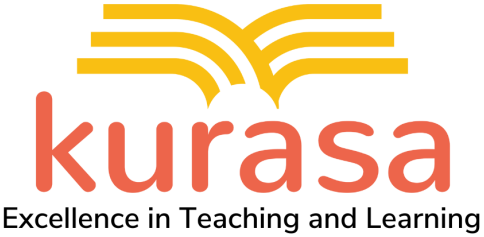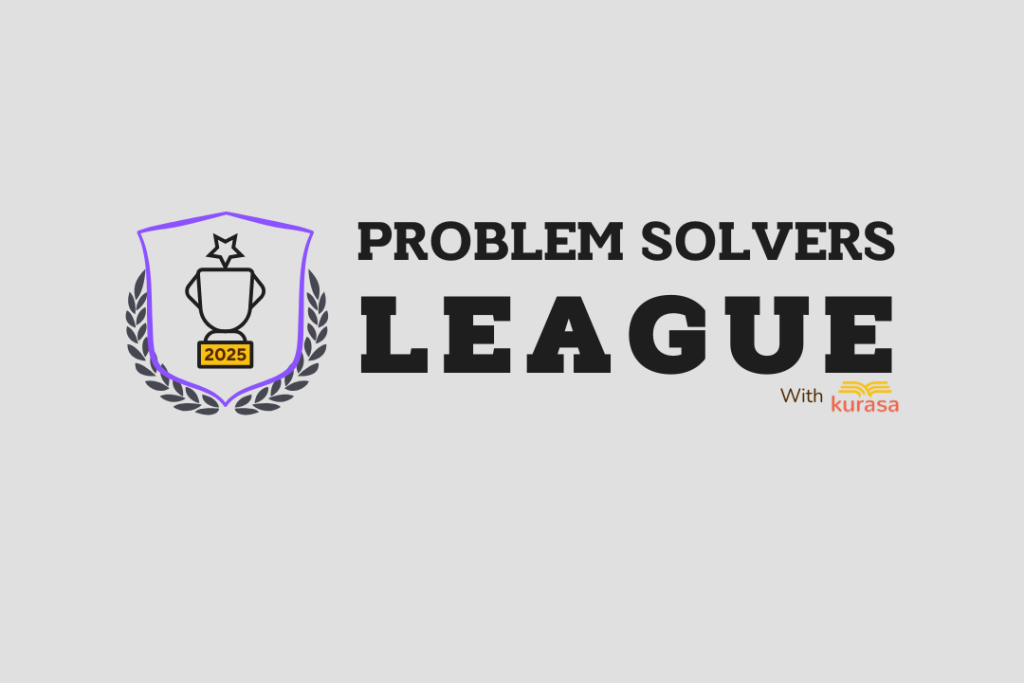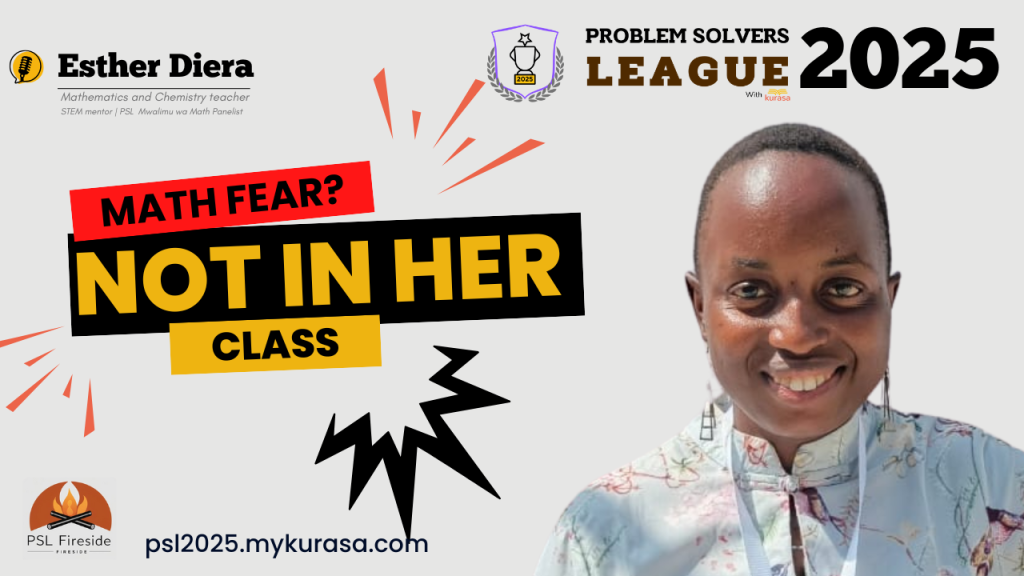1901
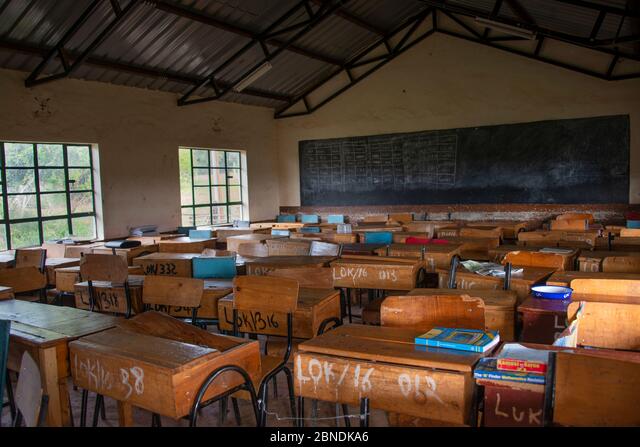
2023
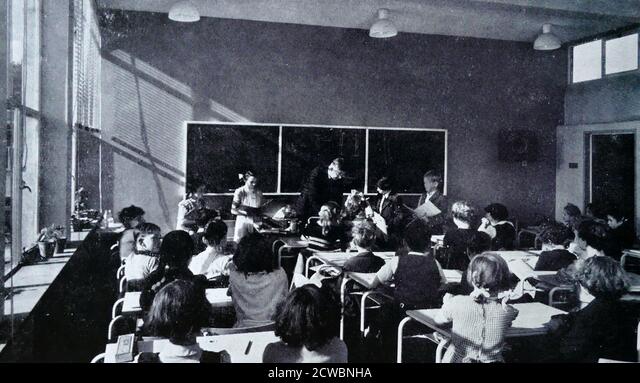
For over 100 years, the classroom has retained its characteristics, form, and utility model. A rectangular room with a door at the front, a blackboard, desks, and chairs facing the front. This setting supposes that a teacher is situated at the front next to the blackboard and from there dispenses knowledge to onlooking learners. This is schooling and to a large extent what is understood as education. The ever-increasing population and the desire to get an education by the populace has meant more passivity in learning. It has also created this culture of seeking certificates as opposed to the acquisition of knowledge and skills that will enable people to develop their full potential in society.
But what is the purpose of education?
The vision of the basic education curriculum reforms is to enable every Kenyan to become an
engaged, empowered, and ethical citizen. This will be achieved by providing every Kenyan
learner with world-class standards in the skills and knowledge that they deserve, and which
they need in order to thrive in the 21st century. This shall be accomplished through the provision
of excellent teaching, school environments and resources, and a sustainable visionary
curriculum that provides every – quoted from Basic Education Curriculum Framework 2017
The layman’s understanding of this is, to go to school and get a good job. The common rhetoric served to the average k-12 learner is to go to school and become a (insert career name). The doctor sounds like the most prestigious/successful result of schooling closely followed by pilots and engineering and so on. Needless to say, becoming a teacher is less often an aspiration for a k-12 learner.
AI Age
“Standing still is the fastest way of moving backward in a rapidly changing world” – Lauren Bacall
We’re now living in the AI age and the rate of change has significantly increased. Moore’s Law suggests that the speed and capability of computers can be expected to double every two years. Just about 6 months since ChatGPT was released which gave the average internet user was ability to interact with Artificial intelligence. The last 6 months have been a lot of pondering across all verticals on the power of technology. What makes it personal to most people is the threat it poses to their jobs. I have seen lots of people talk about jobs that will be made redundant. The current global financial situation doesn’t make it better and companies worldwide are. It seems like technological change is continuously moving at a faster pace. Seeing as jobs have been a huge basis of our schooling we are all forced to change and respond to changing market needs. Whereas there has been a number of curriculum reforms in Education, It still holds true that the practice of teaching hasn’t changed much.
The silver lining is covid offered an opportunity to entertain and think about change in the way we conduct our education. Here are some possible changes we could make for improving our quality of education.
- Reinventing the definition of student success
Our current systems define student success mainly by GPA scores and grades in summative scores. These factors could be additionally considered when defining student success
Personal development:Self awareness, Responsibility, Active involvement, and Social Integration.
Social and Emotional Well-being: fostering positive relationships, empathy, communication skills, and emotional intelligence.
Engagement and Motivation: Student success is closely linked to students’ level of engagement, motivation, and enthusiasm for learning. Engaged students actively participate in their education, take ownership of their learning, and have a strong desire to acquire knowledge and skills.
Critical Thinking and Problem-Solving: includes the capacity to think creatively, informed decision making, analyze information, make informed decisions, and apply knowledge to real-world situations.
Essential Skills and Competencies: Skills such as Communication, collaboration, teamwork, digital literacy, and leadership skills (Already defined in CBC).
- Recognition of Education outside the classroom (EOTC)
The classroom has no monopoly on Learning. The recognition of learning experience that takes place outside of a traditional classroom setting. These experiences should be well integrated into the curriculum. This can include field trips, internships, service learning, Community service, and other experiential learning opportunities. Learning outside the classroom is often preferred by learners resulting in increased learning motivation and engagement.
- Use of Technology in Education
Technology is a powerful tool and utilized well in the classroom it can lead to exponential benefits. The business world has long used technology for efficiency in processes. The proven utility of technology if well harnessed can create exponential benefits in Education. From Accessing Vast information to improving classroom engagement and increasing efficiency. Tech is the much-needed yet mostly absent change catalyst that will help achieve the education tipping points.
- TPD Teacher Professional Development
The Teachers Service Commission is the custodian of TPD. However, a culture of continuous learning and improvement in classrooms can do wonders. Formative assessment for instance has the ability to inform teaching and learning. By designing an improvement loop where teachers always reflect on each lesson, we can build a lot of knowledge on the best methodologies to facilitate learning. Collaboration is also a form of TPD whereby knowledge is shared from teacher to teacher.
